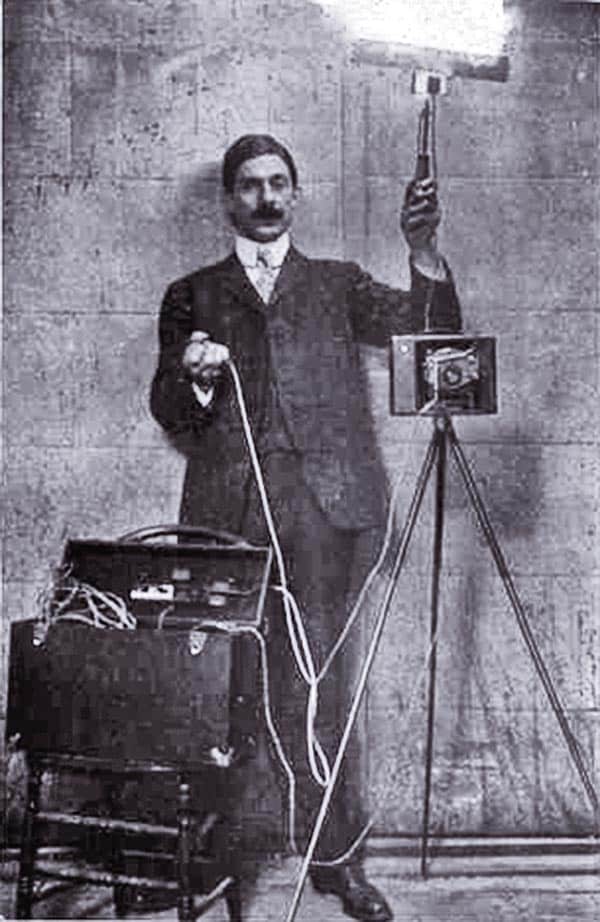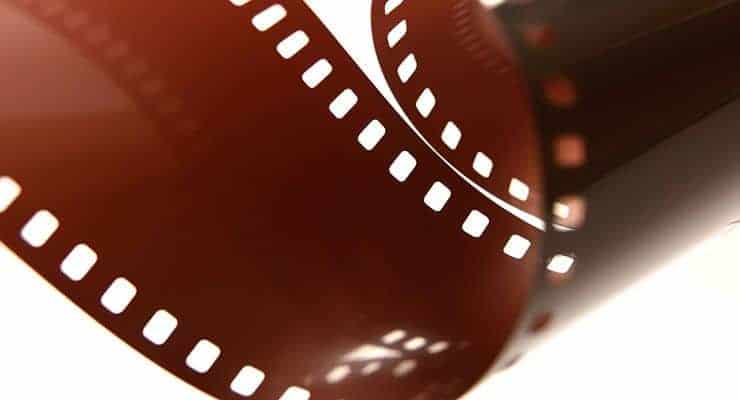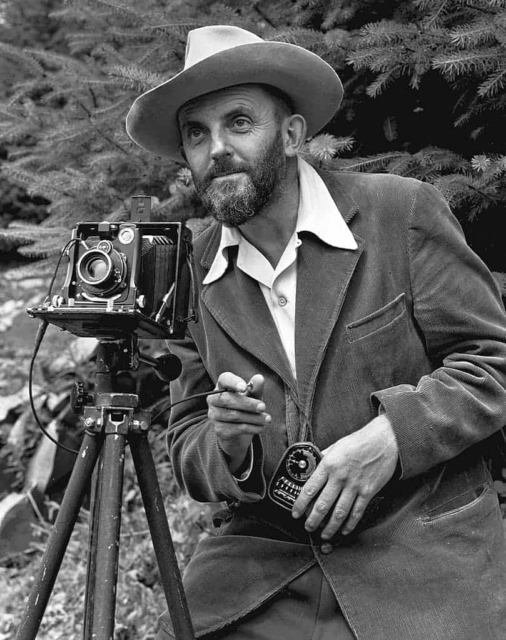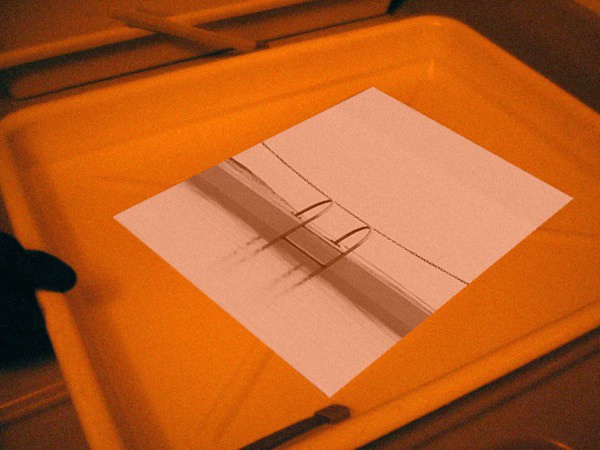Just two decades ago photographers would perform feats of magic. As alchemists they could magic up invisible images onto paper or a plastic substrate using chemicals.
As a soothsayer a photographer could foresee an image, invisible to others, and move lights, camera, reflectors to create it. Many, many decades ago the photographic process involved a loud, magical flash and smoke right before capturing the image.
OK, maybe that’s stretching the magic analogy too far.
Before the turn of the century professional photographers were to some degree paid for their confidence and skills to guarantee a result. How did the photographer know they had actually captured the image that the client required? For many people a camera must have seemed like a magic box.

At the client’s expense photographers were flown to the ends of the earth, record once in a lifetime (sometimes historic) events, or build elaborate sets and entrusted to come back with the results. Those results may not be seen for many days, weeks and in some cases months later.

This actually is a real skill that creatives use called previsualization. Photographer Ansel Adams defined it as:
“…the ability to anticipate a finished image before making the exposure”
Rather than magic it was experience that allowed photographers to know what is required to make the image in camera then refine it in the darkroom.
Today professional photographers continue to use previsualization: to provide a quote based on a client brief; to identify time resources and personnel; to direct and create the image; and to know what is best made at time of capture and/or in post-production.
The skills and confidence used by “classically” trained film photographers continue to benefit clients today. As one of those photographers naturally I’m biased. Let me know your thoughts on LinkedIn.
